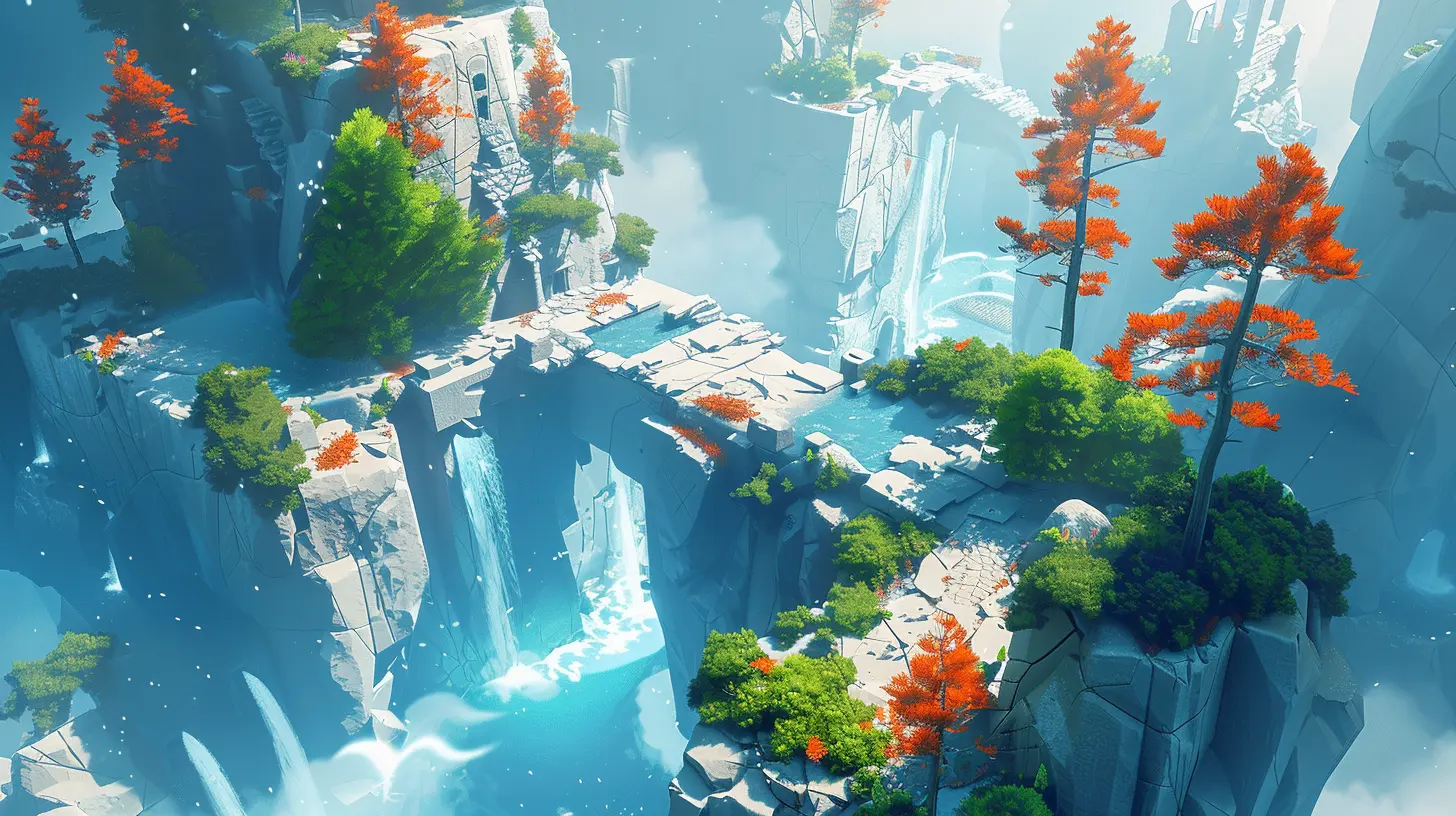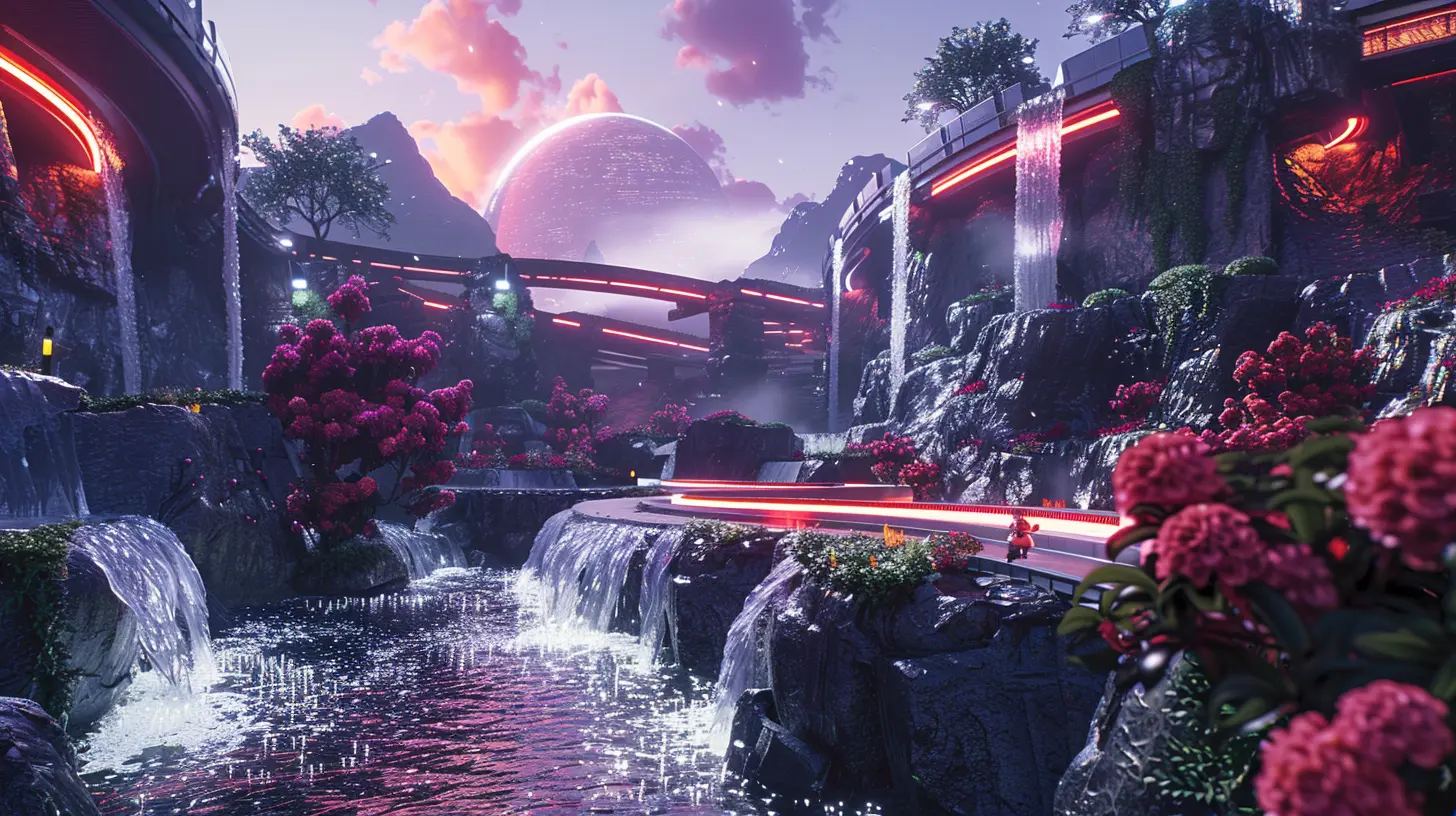The Science of Flow: Keeping Your Players in the Zone
11 September 2025
Imagine sitting down to play your favorite game. Hours pass by in what feels like minutes, and you’re completely immersed, unaware of the outside world. You’re in the zone, the sweet spot where everything feels just right. That’s not magic—it’s a psychological state called "flow." For game developers, understanding the science of flow is like holding a key to the kingdom. When players reach this state, they’re not just playing; they’re engaging fully, and that’s what keeps them coming back for more.
In this article, we’ll break down what flow is, why it’s so crucial for game design, and how developers can keep their players hooked without overwhelming or frustrating them. We'll dive into the nitty-gritty of flow, dissecting the delicate balance required to sustain it while weaving some practical strategies for implementing it in games.
What Is Flow?
At its core, flow is a psychological state where a person is fully immersed in an activity. It’s a concept introduced by psychologist Mihaly Csikszentmihalyi (say that three times fast!). In flow, time feels like it’s speeding up, distractions fade away, and you’re completely focused on the task at hand. It’s almost like riding a bike downhill—effortless, exhilarating, and perfectly balanced.In gaming, flow happens when players are so engrossed that they lose track of time. The game's challenges, rewards, and pacing all align in a way that feels just right. If a game is too easy, players get bored. If it’s too hard, they get frustrated. But when it’s in that Goldilocks zone—not too hard, not too easy—it’s where the magic happens.
Why Is Flow Important in Gaming?
Let’s be real—games are competing for players’ attention more than ever. A game needs to hook players fast and keep them engaged for as long as possible. That’s where flow comes in.When players are in a state of flow, they’re more likely to:
- Stick around longer: Flow keeps players engaged, encouraging longer play sessions.
- Feel satisfied: A well-balanced game feels rewarding, leading to higher player satisfaction.
- Spread the word: Happy players are more likely to recommend your game to others.
- Pay up: For free-to-play games, players who are in the flow are more likely to make in-game purchases.
Simply put, flow isn’t just about crafting a good experience—it’s also good for business.
The Science Behind Flow in Gaming
Flow works because it taps into our brain’s reward system. When we achieve something challenging yet manageable, our brain releases dopamine, the “feel-good” chemical. This creates a sense of accomplishment and motivates us to keep playing.But there’s a catch: the challenge needs to match the player’s skill level. Mihaly Csikszentmihalyi’s Flow Theory is often illustrated using the Flow Channel, a graph that maps the balance between challenge and skill. Here’s how it works:
- Boredom: If the game is too easy, players enter a state of boredom. It feels redundant, and they lose interest quickly.
- Anxiety: On the flip side, if the game is too hard, players feel overwhelmed and are more likely to quit.
- Flow Zone: The sweet spot lies in between—that perfect balance where the challenge matches the player’s skill level.
How to Keep Players in the Flow Zone
So how do you design a game that keeps players in the flow zone? It’s easier said than done, but here are some practical tips to get started.1. Start with a Gentle Learning Curve
Nobody likes feeling like a total noob right out of the gate. That’s why the early stages of a game should ease players into the mechanics. Tutorials, tooltips, and beginner-friendly levels help build confidence without overwhelming players. Remember, you want to teach the basics without holding their hand for too long—it’s a balancing act.Think of it like teaching someone to ride a bike. You wouldn’t shove them down a steep hill their first time, but you wouldn’t keep them on training wheels forever either.
2. Provide Gradual Challenges
As players improve, the game needs to evolve with them. Gradual escalation in difficulty keeps things interesting without pushing players over the edge. This is where dynamic difficulty adjustment (DDA) comes in. By analyzing player performance, the game can adapt its challenges in real-time, ensuring the experience stays engaging.For example, games like Resident Evil 4 tweak the difficulty based on how well the player is doing. If they’re struggling, fewer enemies appear. If they’re breezing through, the game increases the challenge. It’s like the game is your personal trainer, pushing you just hard enough to keep you motivated.
3. Incorporate Clear Goals and Feedback
Flow thrives on clarity. Players should always know what they’re working toward and how they’re progressing. Whether it’s a quest log, progress bar, or in-game notifications, make sure players have clear goals.Feedback is just as important. Small victories (like leveling up or unlocking a new ability) keep the dopamine flowing. And don’t underestimate the power of sound effects—simple audio cues like the “ding” of gaining experience can be ridiculously satisfying.
4. Give Players a Sense of Control
Nobody likes feeling helpless, even in a game. Giving players a sense of control over their actions and outcomes is crucial for maintaining flow. Choices matter—whether it’s customizing a character, choosing a quest path, or deciding how to tackle a challenge.Open-world games like The Legend of Zelda: Breath of the Wild excel at this. They let players carve their own path, encouraging exploration and experimentation. This freedom keeps players engaged while allowing them to set their own pace.
5. Balance Rewards and Risks
Risk and reward go hand in hand when it comes to flow. Players need to feel like their efforts are paying off but also know there’s something at stake. Think about it: Would you bother with a treasure chest if you knew it only contained a handful of coins? Probably not.Games like Dark Souls are masters at this. The brutal difficulty feels worth it because the rewards—be it a rare item or the satisfaction of defeating a tough boss—are so satisfying. It’s a high-stakes gamble that keeps players coming back for more.
6. Keep Players Engaged with Variety
Repetition is the enemy of flow. Even the most addictive gameplay loop can grow stale if there’s no variety. Shake things up with new mechanics, environments, or challenges to keep players on their toes.Take Portal, for example. Just when you think you’ve mastered the portal gun, the game introduces new obstacles like energy pellets or timed puzzles. It constantly evolves, keeping players engaged without feeling overwhelming.
7. Allow for Breaks Without Punishment
Sometimes, players need to step away—life happens. Make it easy for them to pick up where they left off without feeling penalized. Save points, pause options, and flexible checkpoint systems ensure players can take a breather without losing progress. After all, nobody likes feeling like they’re being punished for having a life outside the game.Common Pitfalls That Break Flow
While we’re on the topic, let’s talk about what NOT to do. Nothing kills flow faster than cheap design choices or overly punishing mechanics. Here are some common pitfalls to avoid:- Unclear Objectives: Confusing players is a surefire way to break immersion.
- Tedious Grinding: Nobody wants to kill 500 rats just to level up.
- Unbalanced Difficulty Spikes: Sudden, unfair difficulty jumps can frustrate players.
- Poor Optimization: Lag, glitches, or long load times can pull players out of the experience.
Final Thoughts
The science of flow is all about balance. It’s a delicate dance of challenge, reward, and engagement that keeps players coming back for more. Nail this, and you’ve got something special—a game that doesn’t just entertain but captivates.So whether you’re a budding indie developer or a seasoned pro, remember to put yourself in the shoes of your players. What would keep you in the zone? Answer that, and you’re already ahead of the game.
all images in this post were generated using AI tools
Category:
Game DesignAuthor:

Aurora Sharpe
Discussion
rate this article
1 comments
Chantal Henderson
What a fantastic read! "The Science of Flow" beautifully captures the essence of what keeps players engaged and immersed in games. Understanding the psychology behind flow can truly enhance our gaming experiences. Excited to see how developers implement these insights in future titles. Keep up the great work!
September 27, 2025 at 3:34 AM

Aurora Sharpe
Thank you for your kind words! I'm glad you enjoyed the article. It's exciting to see how understanding flow can shape the future of gaming!


